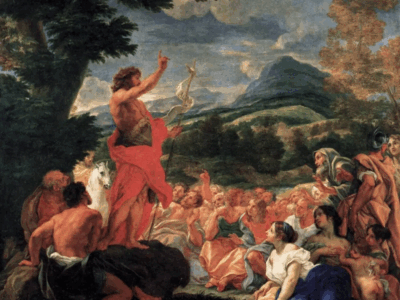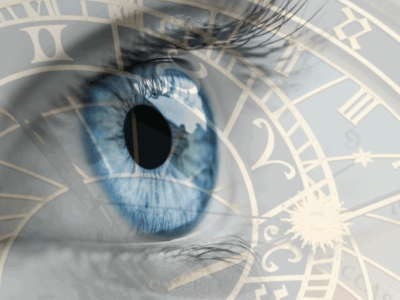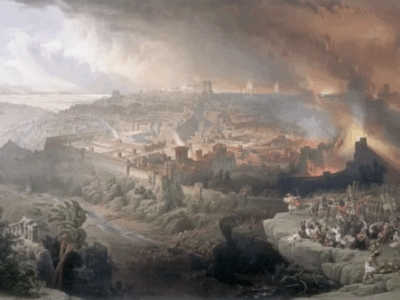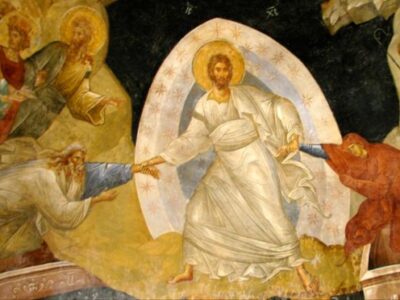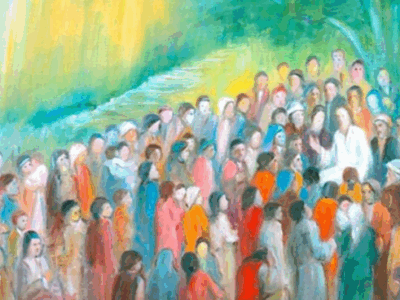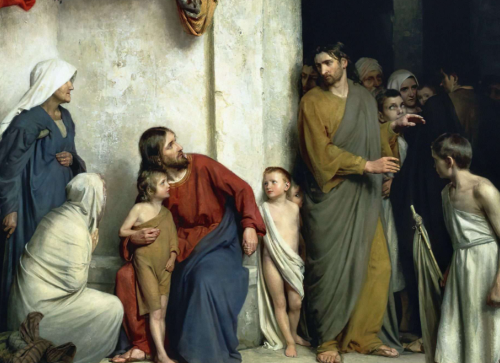You Are But Dust
Ash Wednesday
Year A
Isaiah 58:1-12
Psalm 103:8-14
2 Corinthians 5:20b-6:10
Matthew 6:1-6,16-21
There’s a movie from 2007… which tells a tale of friendship… betrayal… secrets… redemption… and reconciliation… and woven into the soundtrack… is a song called Supplication… whose lyrics I believe… reflect the penitence of Lent… I’ve referred to them before… so they may sound familiar… and you may remember the movie in which the song is performed… it was based on the best-selling novel The Kite Runner… and the Lenten truth… that the song contains is this…
O God… my sins… are like the highest mountain… my good deeds are very few… they’re like a small pebble… I turn to you… my heart full of shame… my eyes full of tears… bestow your forgiveness and mercy upon me…
So I talk to you this evening about hopeful repentance… and changing perspectives… as most of you know… when I was growing up… we celebrated Rosh Hashanah… the Jewish New Year… and soon thereafter… Yom Kippur… the Day of Atonement… Yom Kippur was like a condensed Lent… forty days compressed into just one… it was one concentrated day of fasting… and prayer… and asking God to forgive us our sins… and to be reconciled with God…
Yom Kippur can also be called the Day of at-one-ment… the day on which Jews become re-united with God… because in spite of our best intentions… we often go astray or fall short of the mark… so we ask God to forgive us our sins and set things right… we know we’ll go astray again… and ask God’s forgiveness again… and being the good God that God is… God will… that is the hopeful repentance…
But that hopeful repentance must be accompanied by a changing perspective… a perspective that shifts from street corners… to humility… from self-interest… to the interests of others… from seeing what we want to see… to seeing what God wants us to see… and seeing God…
There’s a reading from the Book of Numbers… that some of you will remember too… it’s about the Israelite’s time in the wilderness… when the people went astray… and became impatient… and complained and spoke against Moses… and against God… and so God sent poisonous serpents among them… and they bit people… and many of them died… in Hebrew… the word for “serpents” are the hag-hasheem… and they’re members of an angelic order of fiery Seraphim… and as the people became aware of their sins… God instructed Moses to make a poisonous serpent out of bronze… and mount it on a wooden pole… and then… when the people were bitten… when they repented… they would look at the poisonous metal serpent and live….
According to John Sturdy… the former Dean at Caius College in Cambridge… this story was probably developed to explain the origin of the bronze serpent… which probably dates back to pre-Israelite times… and which stood in the Temple up until the time of King Hezekiah… the righteous Hezekiah ruled from about 715 until 686 BCE… and he had the bronze serpent destroyed… as recorded in 2 Kings 18:4… because up until then… the people made offerings to it… and during that time frame… the image of the serpent shifted from a fertility context… to a sign of God’s protective power… and that’s also partly where we get the medical symbols of the caduceus (ca-doo-see-us)… one or two serpents wrapped around a staff or pole…
So I don’t think that simply looking at a metal reptile is what healed the Israelites… I believe that what happened was a shift in perspective… I believe that what healed them… is that they looked past the serpent… and let their gaze rest on God… it’s like saying… when you’re out in the world… in our wilderness… and you’re stung or bitten or infected by the evil in the world… change your perspective… look to God… a God who places before us… life and death… and asks us to choose life so that we can be if not cured… then at least healed… and made whole…
In spite of what society tells us about needing to do it on our own… we are all connected… and God has wired us to need each other… to share our strength… and to seek help in our weakness… how much better then… especially in Lent… to acknowledge our offenses and sins… at least to ourselves… because God already knows them… because God came as one of us to effect atonement and reconciliation… and because God’s invitation into relationship is always there… it’s we who need to accept it…
But this kind of prayer can be difficult… because so many of us avoid the silence of the wilderness… because in the wilderness there’s nothing to distract us from our issues or our addictions… ] and to make a searching and fearless moral inventory of ourselves… as step four of AA’s Twelve-Step Program invites us… is infamously the most “scary” one… because then we come face to face with ourselves… and our brokenness… and our underlying spiritual dis-eases… but doing this… is probably the most crucial step towards effective and lasting healing…
And so we have to ask ourselves… were the Israelites in the wilderness just big whiners… or were they just human… were they afraid of what the wilderness uncovered about them… ] and so… to shift the focus… they pointed fingers… I mean… they did leave Egypt and all that they knew… and entered the unknown… as many of us have done… maybe they were afraid… maybe they did lose faith… and so maybe the story says less about their shortcomings… and more about our need to keep shifting our focus back to God…
For a long time… I didn’t feel worthy of God’s love… I thought I was broken beyond repair… my yoke felt hard and my burden felt heavy… but I came to believe that a power greater than myself could restore me to sanity… I came to believe that I could turn over to God what was too much for me to bear… that God would meet me where I was… and that we could journey ahead together from there… and I still hold on to that belief…
So during Lent… let’s shift our focus and our attention back to God… as many times as it takes… to look past the bronze serpents… and the golden calves… and all the idols of this world… and fix our gaze on the one who was raised from the tomb to overcome death… because there is no one who is outside the reach of God’s love…
And as we are marked with ashes… let’s remember that we were also marked in our baptisms… with consecrated oil… called chrism… we were sealed by the Holy Spirit and marked as Christ’s own forever… few of us are particularly militant… but to be baptized is a sign of rebellion… to die to self and be reborn as members of the body of Christ… is to reject the values of the world… and to display the mark of ashes… as a sign of our mortality… is both brave… and counter-cultural… it is a sign of resistance… because when we wear ashes… we acknowledge that we are wearing that of which we are made… and the stardust of which we are made… comes from nowhere else… but God…


